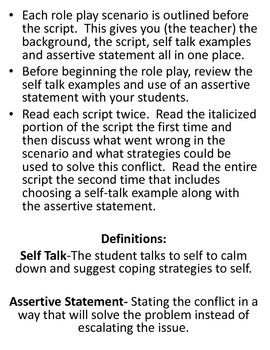

“Healthy people experience anger,” says Dougherty, “but they can suppress it before acting on it.” At the same time, a part of the orbital frontal cortex, just above the eyes, also engaged, putting the brakes on emotion. The best way to induce emotion is through autobiographical scripts.”ĭuring angry recollections, the amygdala fired. “You can try to spark anger by showing upsetting pictures, for example,” says Dougherty.

Subjects simulated angry moments by recalling the moments in their lives when they felt rage. He employed positron emission tomography imaging to examine which regions of the brain engage during angry moments. Understanding this link could provide valuable insights into these disorders and their treatment.ĭougherty began in 1999 by investigating healthy people with no signs of depression and no history of angry episodes.

“We wanted to investigate the mechanisms behind those reactions.”įor these patients, angry outbursts usually stop when the depression ends. “People will yell or throw things,” says Dougherty. Some of these patients experience angry flare–ups that are inappropriate to the situation and out of character for the individual. This finding is one in a series from studies led by Darin Dougherty, an HMS associate professor of psychiatry at Massachusetts General Hospital, that aim to uncover why anger attacks occur in patients with major depressive disorder. When an angry feeling coincides with aggressive or hostile behavior, it also activates the amygdala, an almond–shaped part of the brain associated with emotions, particularly fear, anxiety, and anger. The words used to describe anger tend to be volcanic.


 0 kommentar(er)
0 kommentar(er)
